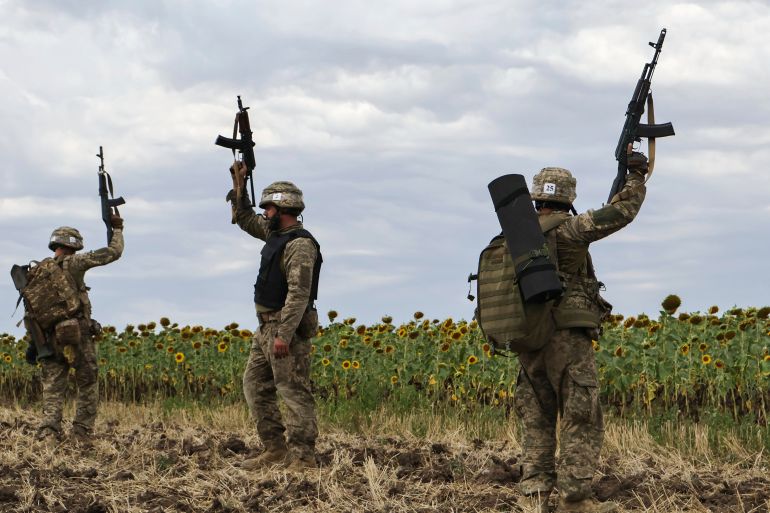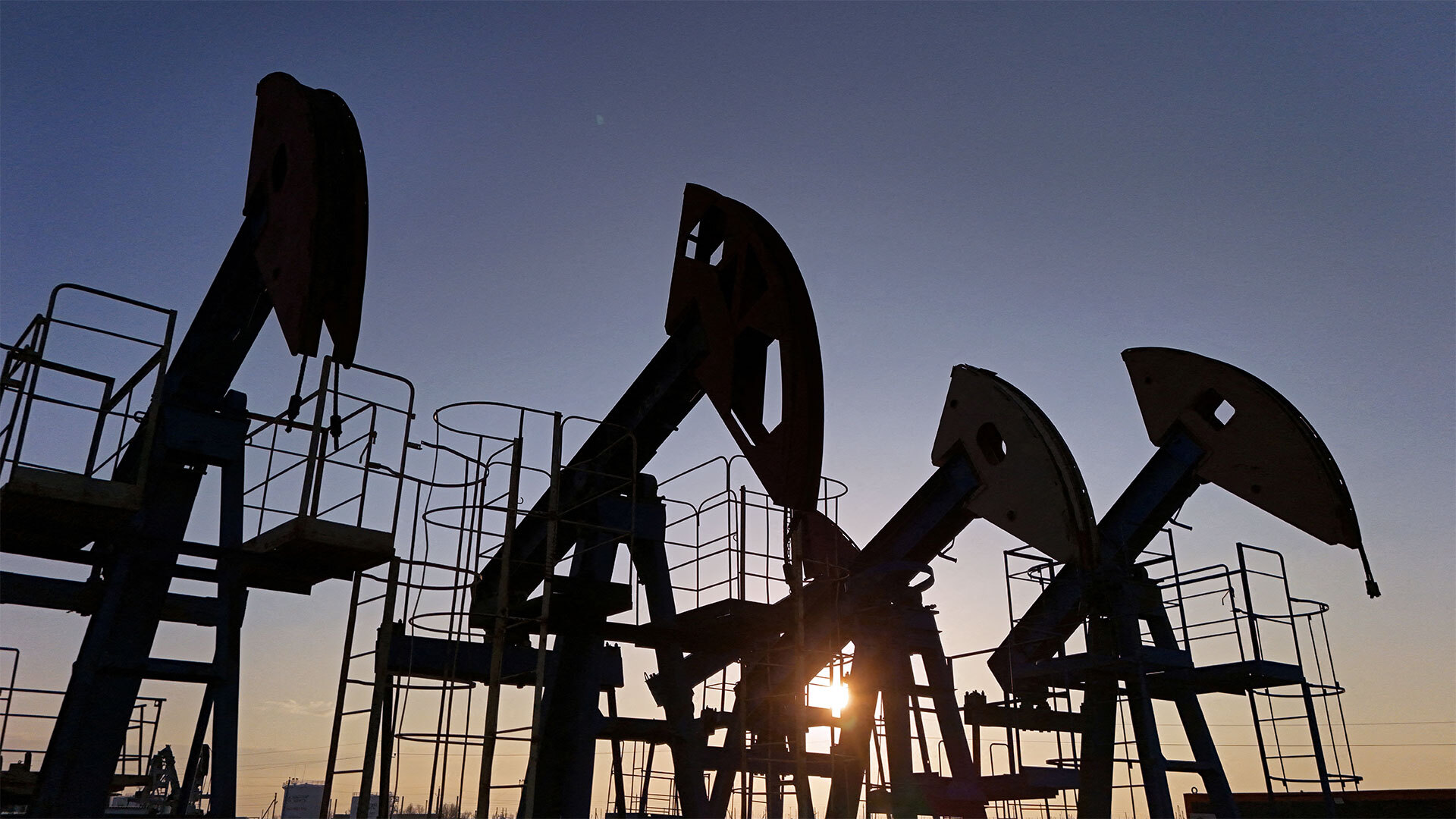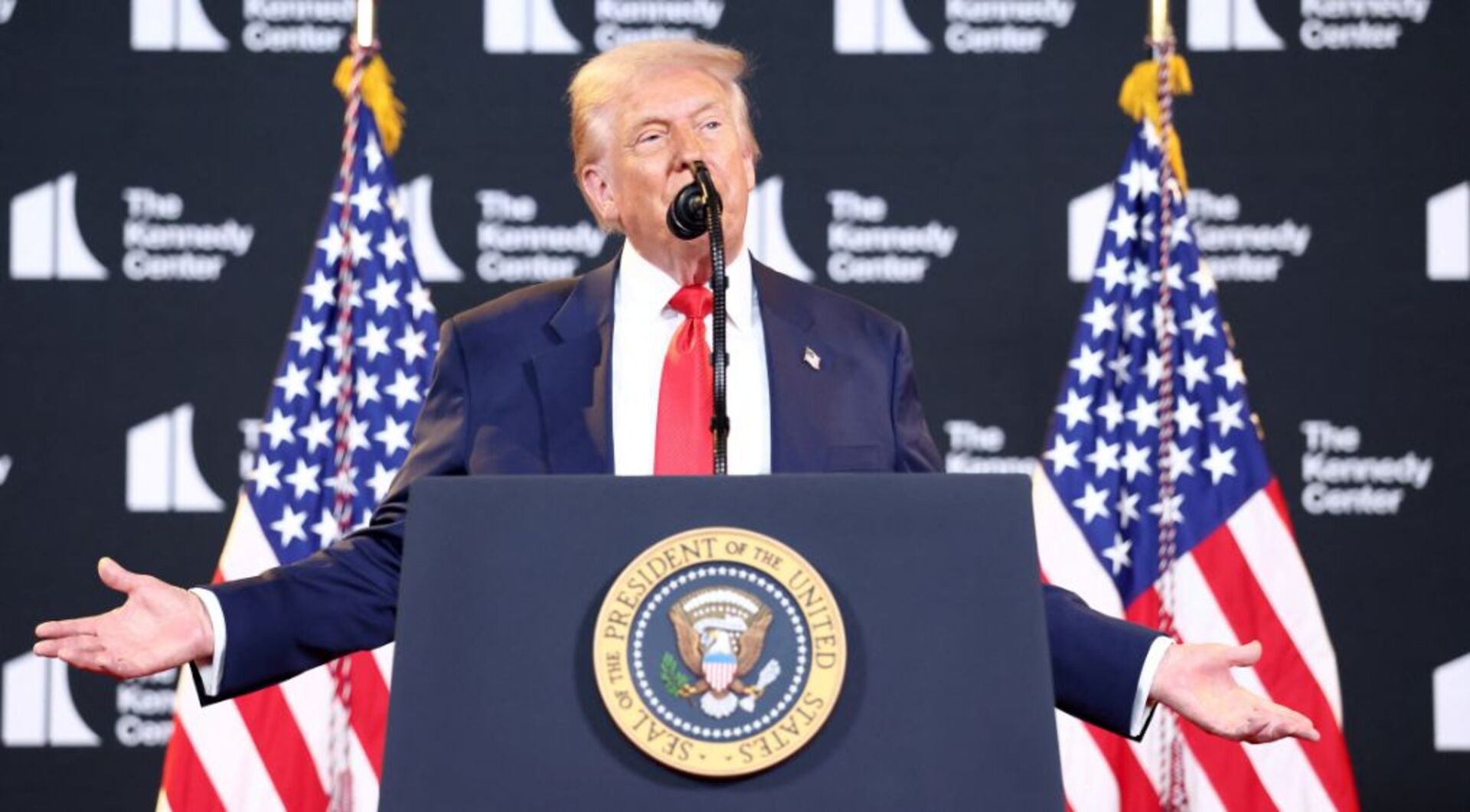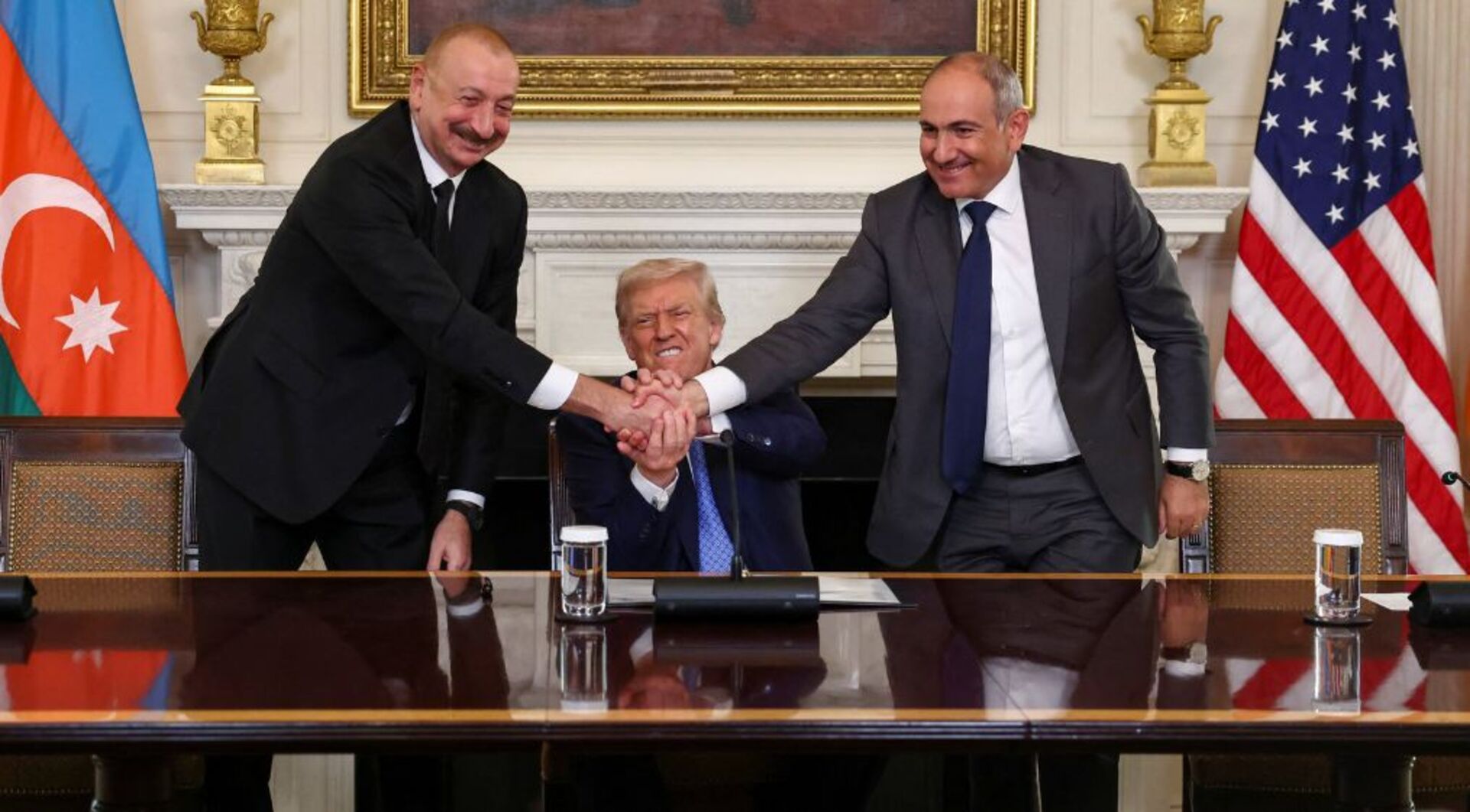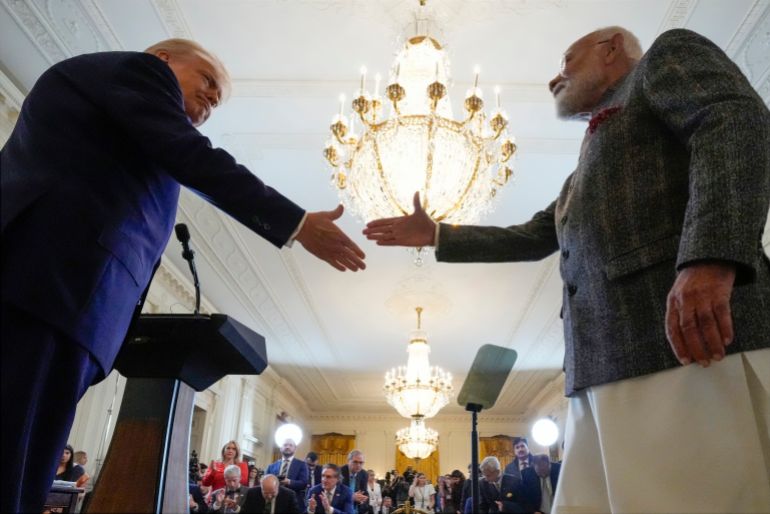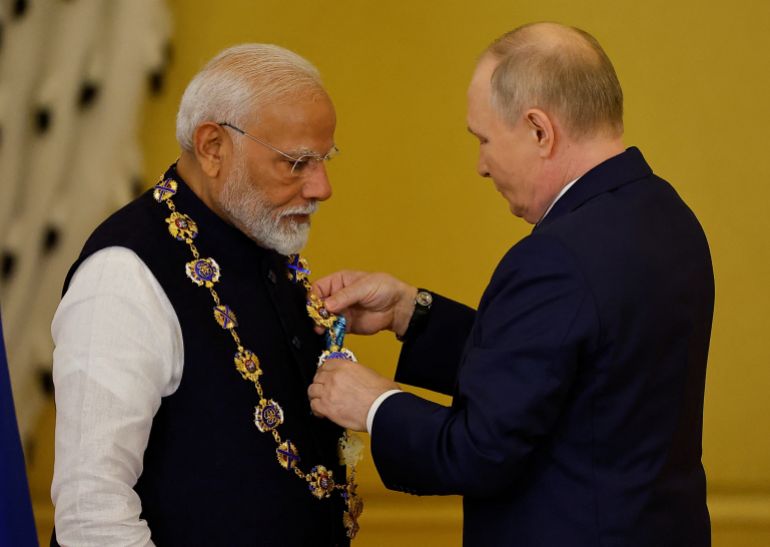Malawi presidential elections: Who is running and what’s at stake? | Agriculture News
Malawians are voting to elect their next president amid a deepening economic crisis in one of Africa’s poorest and most climate-vulnerable countries.
The small Southeast African nation has been hit with double-digit inflation that has caused food prices to skyrocket for several months now. It came after intense drought events last year. Earlier, in 2023, Cyclone Freddy, which struck the region, hit Malawi the hardest, killing more than 1,000 people and devastating livelihoods.
Recommended Stories
list of 3 itemsend of list
In Tuesday’s election, voters are also choosing parliamentarians and local councillors across 35 local governments.
Malawi is most known for its tourist hotspots, such as Lake Malawi, Africa’s third-largest freshwater lake, as well as nature and wildlife parks.
The country has a population of 21.6 million. Lilongwe is the capital city, and Blantyre is the commercial nerve centre.
Here’s what to know about the elections:
How does voting happen?
The elections began in the morning on Tuesday and will end by evening.
Some 7.2 million people are registered to vote across 35 local government authorities, according to the electoral commission.
To emerge as president, a candidate must gain more than 50 percent of the vote. If not, then a run-off must be held. Presidential results will be published by September 24.
A total of 299 constituency parliament members and 509 councillors will be elected. Parliamentary results will be published by September 30.
Who are the key contenders?
Seventeen presidential candidates are running for the post. However, the race is largely considered a two-horse race between incumbent President Lazarus Chakwera and former leader Peter Mutharika.

Lazarus Chakwera: The 70-year-old president and leader of the ruling Malawi Congress Party (MCP) is hoping to secure his second and — per the constitution — final term.
The former preacher’s win in 2020 was historic, after a court ruled that there were irregularities in the 2019 election, and ordered a re-run. Chakwera’s win in that second vote marked the first time in African history that an opposition candidate won a re-run election.
However, Chakwera’s tenure has been marked by high levels of inflation and, more recently, fuel shortages. There have also been numerous allegations of corruption, particularly nepotism, against him. In 2021, the president made headlines when he appointed his daughter, Violet Chakwera Mwasinga, as a diplomat to Brussels.
In his campaigns, Chakwera has asked for more time to work on easing the country’s current economic stagnation. He and officials in his government have also blamed some of the hardships on last year’s drought, a cholera outbreak between 2022 and 2024, and the devastation of Cyclone Freddy in February 2023.
Supporters point out that Chakwera has already overseen major road construction work across Malawi and restarted train services after more than 30 years.
He previously ran in 2014, but was unsuccessful.

Peter Mutharika: The 85-year-old leader of the opposition Democratic Progressive Party (DPP) is looking to make a comeback after his earlier second-term bid was defeated by Chakwera in 2020.
A former law professor, Mutharika has campaigned on the economic gains he said Malawi witnessed under him, arguing that things were better during his tenure than under the present leadership. He led Malawi from 2014 to 2020.
While he is credited with lowering inflation and kickstarting major infrastructure projects, Mutharika also faced corruption scandals in his time. In 2018, Malawians took to the streets to protest his alleged involvement in a bribery scandal that had seen a businessman pay a 200,000 kickback to his party. Mutharika was later cleared of wrongdoing.
Critics have speculated about Mutharika’s age, noting that he has not been particularly active during the campaign. Mutharika is the brother of former President Bingu wa Mutharika, who died in office in 2012.
Other notable presidential contenders include:
- Joyce Banda – Malawi’s only female president from 2012 to 2014, from the People’s Party. She was formerly vice president under Bingu wa Mutharika.
- Michael Usi – the former vice president who is from the Odya Zake Alibe Mlandu party.
What’s at stake in this election?
Struggling economy
Although Malawi exports tobacco, tea, and other agricultural products, the country is largely aid-dependent. It is also under pressure from accumulated external debt.
For Malawian voters, rising prices of food and everyday items are the most pressing issue on the ballot. Food costs have gone up by about 30 percent in the past year, but salaries have largely stayed the same. Meanwhile, the costs of fertiliser for the 80 percent of Malawians who survive on subsistence farming have risen.
Economists chalk up the stagnation crisis to a lack of foreign currency, which has limited crucial imports, including fertilisers and fuel.
Presently, the country is facing severe fuel shortages, with hundreds queuing up at fuel stations daily. Chakwera has blamed corrupt officials, who he says are deliberately sabotaging the fuel markets, for the problem.
In May, the International Monetary Fund (IMF) terminated a $175 million loan programme after it failed to give early results. Only $35 million had been disbursed. There will likely be negotiations for a new IMF programme after the elections, officials have said.
Earlier, in February, disgruntled citizens took to the streets Lilongwe and Blantyre in protest against the rising cost of living. Some voters, particularly the young people, feel that not much will change whether they vote or not.
While Mutharika has campaigned on his economic record while in office, Chakwera has pledged a cash transfer programme of 500,000 Malawi kwacha ($290) for newborns, which they can access at the age of 18.

Corruption
Corruption crises have riddled both Mutharika and Chakwera’s governments, something many Malawians say they are tired of.
While Chakwera has talked tough on fighting graft since becoming head of state in 2020, he has faced criticism for nepotism scandals and for handling corruption cases selectively.
Meanwhile, candidate Joyce Banda has also promised to fight corruption if elected. As president, Banda fired her entire cabinet in 2013, following news that some government officials were caught with large amounts of cash in their homes.
Drought and extreme weather
Malawi is one of the most climate-vulnerable countries, although it does not contribute significantly to emissions. With the majority of people relying on subsistence farming for food, extreme weather events often hit Malawi especially hard.
Climate activist Chikondi Chabvuta told Al Jazeera that governments in the past have not invested enough in building systems, such as food systems, that can absorb climate shocks. Women and girls, in particular she said, are often most affected by the double whammy of weather disasters and inflation that often follows.
“Creating a buffer for the people impacted should be a priority because science is telling us these events are going to get worse,” Chabvuta said. “Life for Malawians has to get better by policies that show seriousness,” in tackling environmental challenges, she added.
Millions of people were impacted for several months in 2024, after a severe regional drought destroyed harvests, driven by El Nino weather patterns.
According to the World Food Program, hundreds of thousands across the country were forced to rely on food assistance for survival as Malawi declared an emergency.
In February 2023, Cyclone Freddy, which was one of the deadliest storms to hit Africa in the last two decades, caused 1,216 fatalities. It also wiped out crops and caused similar food shortages.


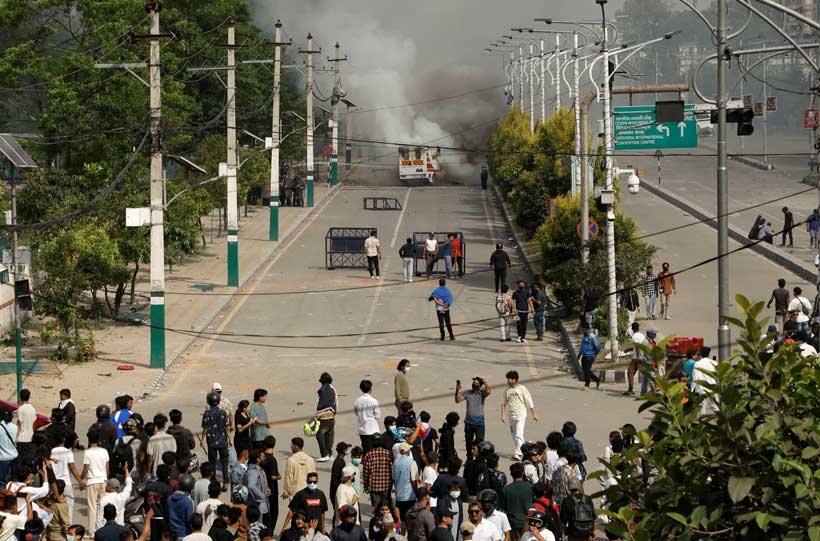








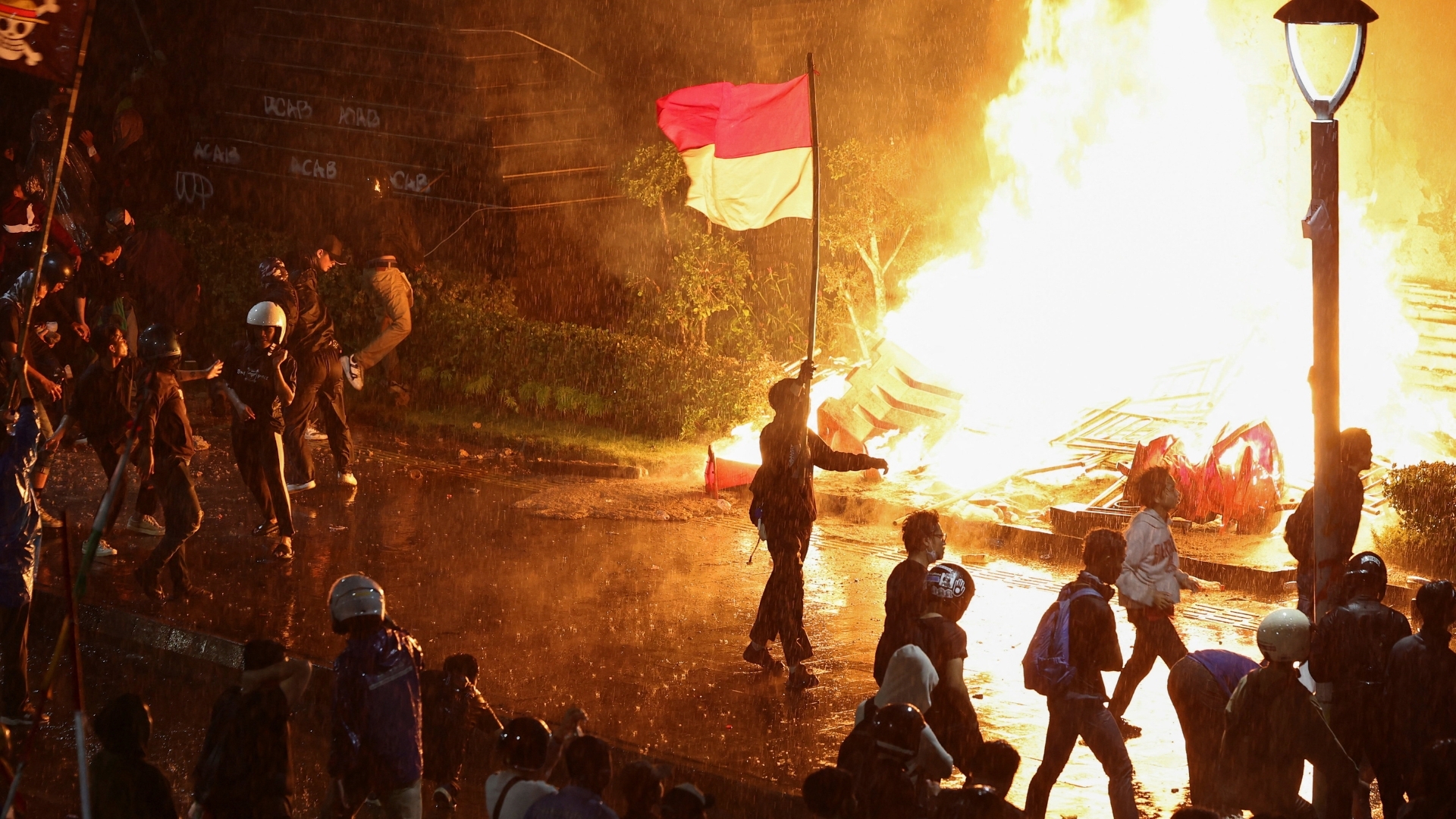

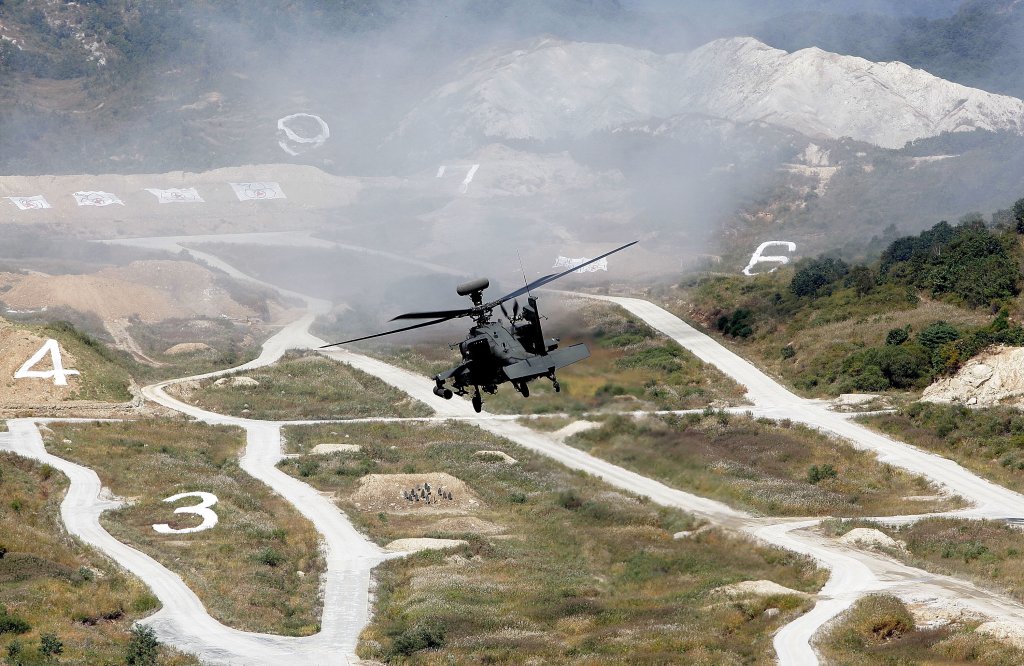


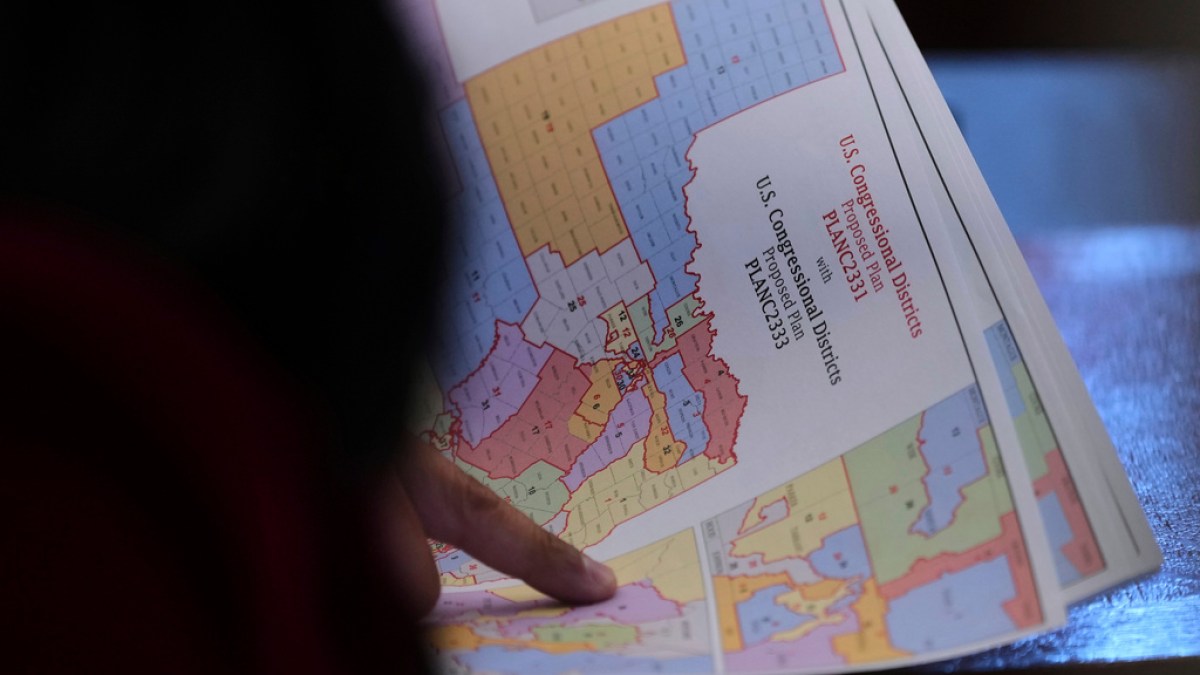
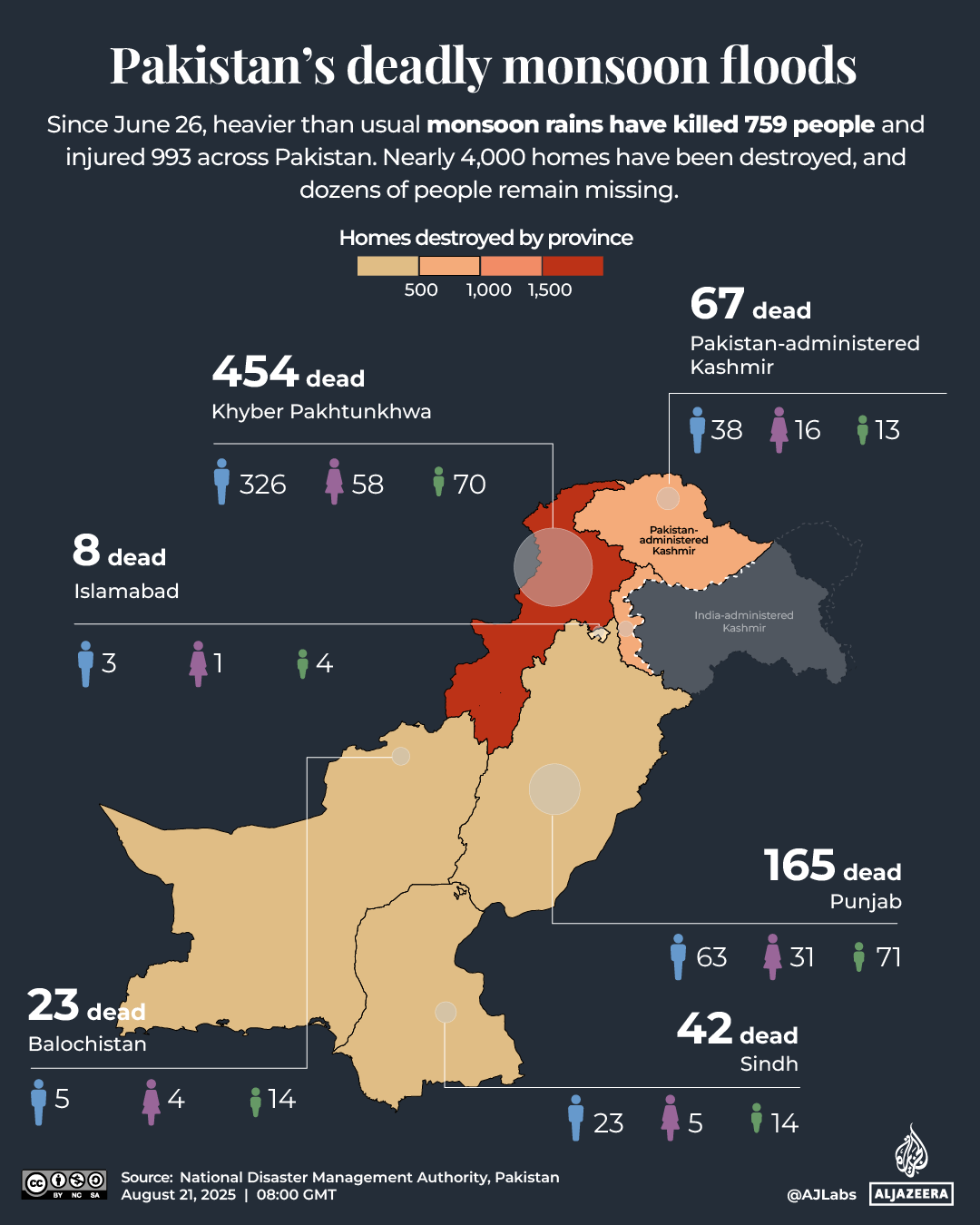






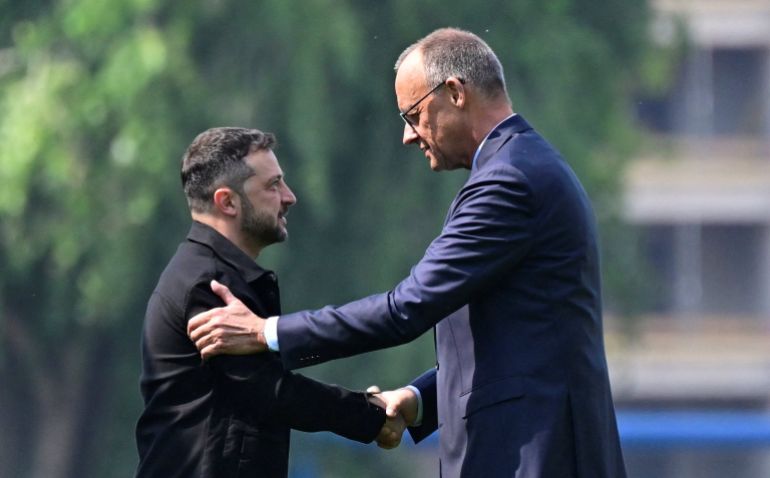

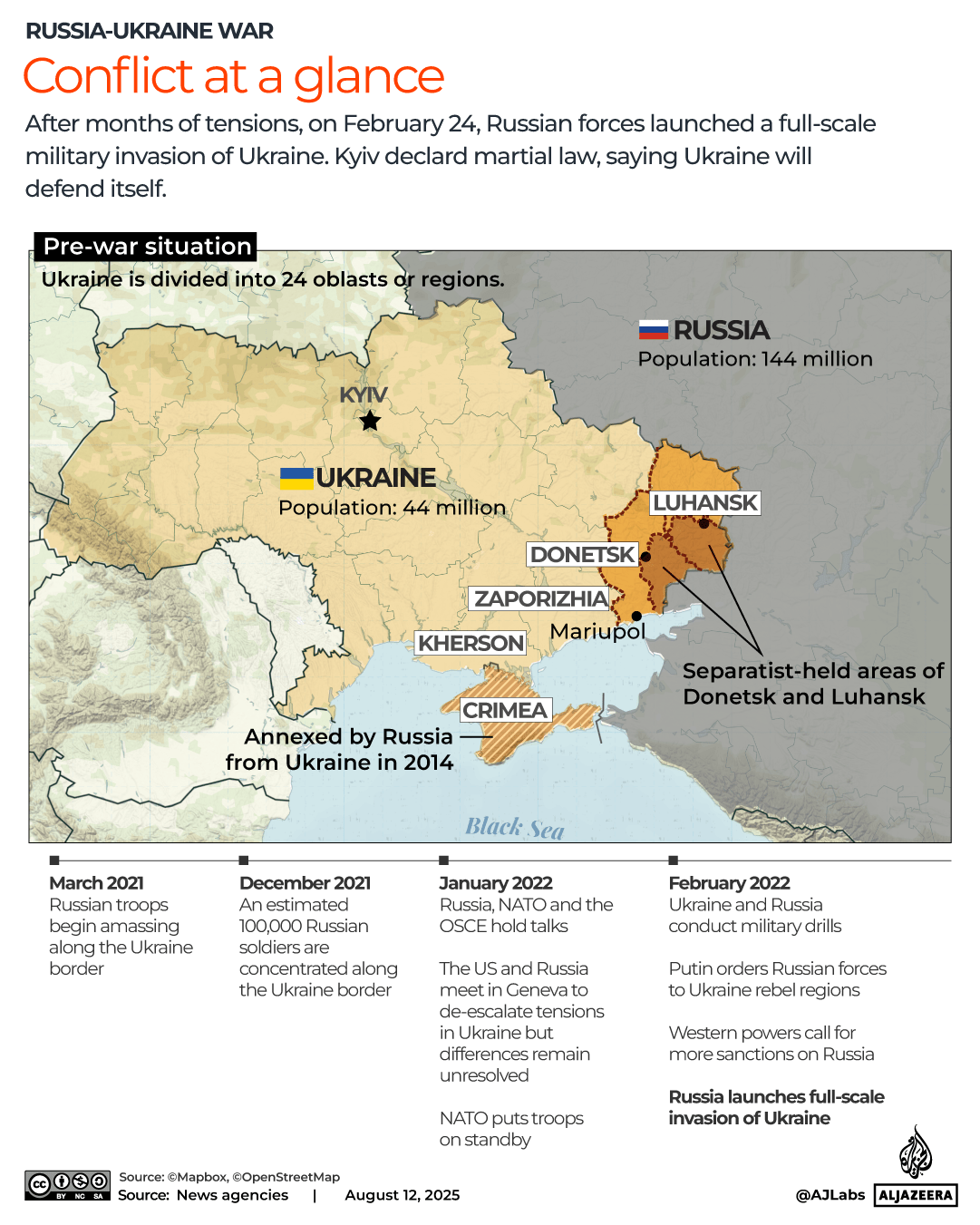 What’s on the agenda?
What’s on the agenda?